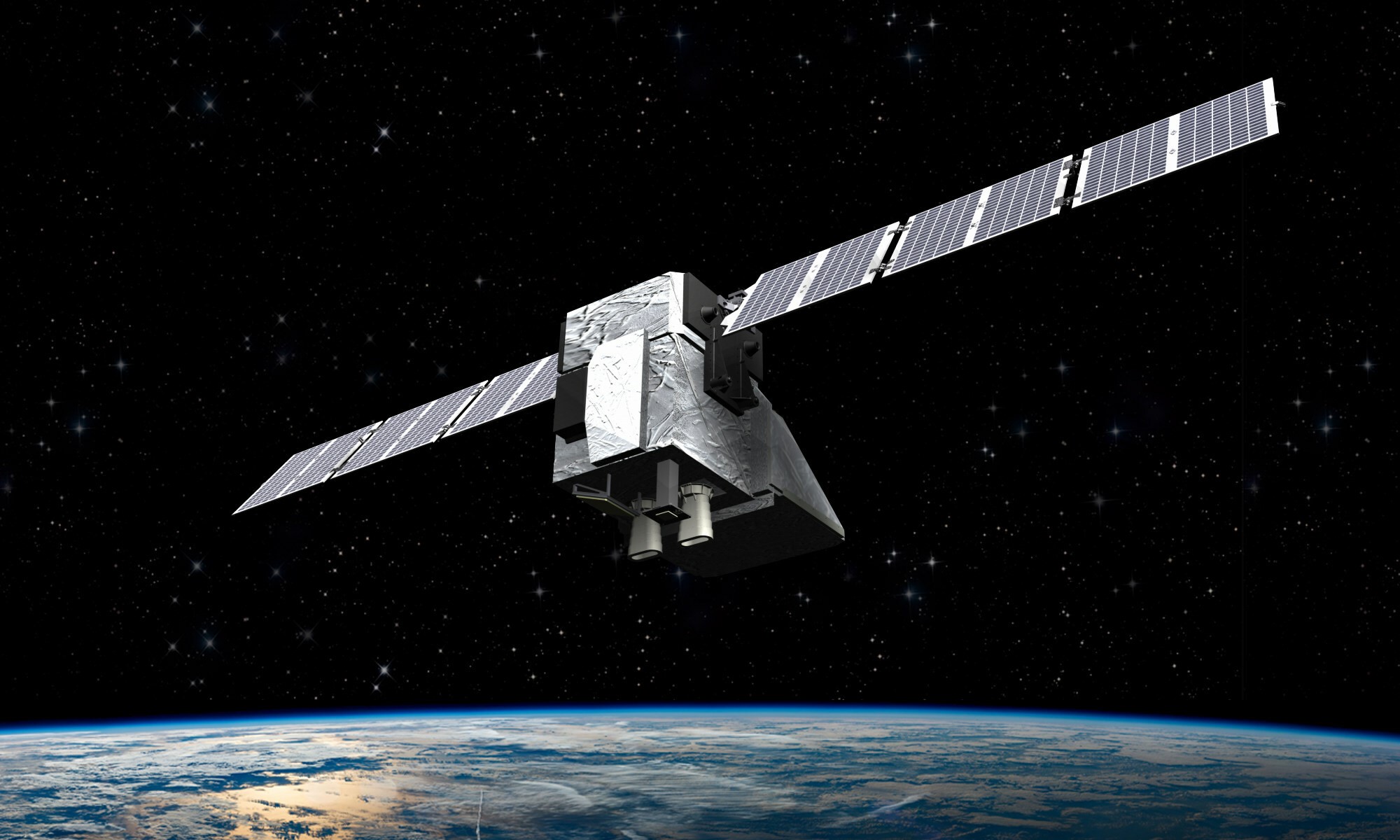Description

Disclaimer: Copyright infringement not intended.
Context
- MethaneSAT, designed to track and measure methane emissions globally, was launched aboard a SpaceX Falcon9 rocket from California on March 4.
- While not the first satellite to address methane emissions, MethaneSAT boasts enhanced capabilities, including a wider field of view and increased detail.
Details
Why Track Methane Emissions?
- Global Warming Impact: Methane ranks as the second-largest contributor to global warming, following carbon dioxide, responsible for 30% of global heating since the Industrial Revolution.
- Potency: Over a 20-year period, methane is 80 times more potent at warming than carbon dioxide, making it a significant driver of climate change.
- Health Concerns: Methane contributes to the formation of ground-level ozone, a pollutant linked to one million premature deaths annually.
The Role of MethaneSAT
- Targeting Fossil Fuel Operations: Approximately 40% of human-caused methane emissions stem from fossil fuel operations, making them a primary target for emission reduction efforts.
- Objectives: MethaneSAT aims to provide detailed data on methane emissions, enabling stakeholders to identify sources, assess trends, and take action to mitigate emissions.
- Crucial Contribution: By facilitating the reduction of methane emissions, MethaneSAT plays a critical role in combating climate change and safeguarding public health.
About MethaneSAT
- MethaneSAT is a satellite developed by the Environmental Defense Fund (EDF), a US-based nonprofit environmental advocacy group.
- Collaborators on the project include Harvard University, the Smithsonian Astrophysical Observatory, and the New Zealand Space Agency.
Mission:
- MethaneSAT's primary objective is to monitor methane emissions globally, with a particular focus on the oil and gas sector.
- The satellite will orbit the Earth approximately 15 times a day, collecting data on methane emissions from various sources.
Data Collection and Analysis:
- MethaneSAT will generate a substantial amount of data, providing insights into the quantity and sources of methane emissions.
- The data will answer key questions, such as how much methane is being emitted, where these emissions originate from, and whether emissions are increasing or decreasing over time.
Accessibility:
- One of MethaneSAT's notable features is its commitment to making its data publicly available in near real-time.
- This open access to data will enable stakeholders and regulators to monitor methane emissions and take timely action to address them.

Features of MethaneSAT
Addressing Data Gaps:
- MethaneSAT aims to overcome historical challenges in tracking and measuring methane emissions.
- While previous satellites had limitations in scanning specific sites or detecting smaller emissions sources, MethaneSAT is designed to fill critical data gaps.
Advanced Technology:
- Equipped with a high-resolution infrared sensor and a spectrometer, MethaneSAT can track methane concentrations with exceptional precision.
- It can detect differences in methane concentrations as small as three parts per billion in the atmosphere, enabling it to identify even smaller emissions sources.
Wide-Camera View:
- MethaneSAT has a wide-camera view of approximately 200 km by 200 km.
- This wide coverage allows the satellite to identify larger emitters, including "super emitters" that contribute significantly to methane emissions.
Data Analysis and Accessibility:
- The data collected by MethaneSAT will be analysed using cloud-computing and AI technology developed by Google, a mission partner.
- The analysed data will be made publicly available through Google's Earth Engine platform, ensuring accessibility to stakeholders and regulators worldwide.
Significance of MethaneSAT
Addressing Global Methane Management Policies:
- MethaneSAT's launch coincides with the implementation of more stringent methane management policies worldwide.
- Initiatives like the Global Methane Pledge, signed by over 150 countries, aim to reduce methane emissions by at least 30% from 2020 levels by 2030.
- MethaneSAT will play a crucial role in helping countries and companies meet these ambitious targets by providing accurate and comprehensive data on methane emissions.
Enhancing Transparency:
- MethaneSAT's publicly available data will bring a new level of transparency to methane emissions monitoring.
- Governments and corporations will be held accountable for their methane reduction commitments, as the satellite's data can be accessed and scrutinized by anyone worldwide.
Supporting Climate Action Initiatives:
- By providing reliable data on methane emissions, MethaneSAT will support global climate action initiatives aimed at mitigating the impacts of climate change.
- The satellite's data will inform policy decisions and strategies for reducing methane emissions, contributing to broader efforts to combat climate change.

Challenges
- Despite the availability of data, there are challenges in ensuring that it leads to significant changes in behavior, especially among polluters.
- There is the uncertainty regarding whether the data from MethaneSAT will compel polluters to curb their emissions.
- Behavioral change may require additional incentives, regulations, and enforcement mechanisms to effectively reduce methane emissions.
MUST READ ARTICLES:
https://www.iasgyan.in/daily-current-affairs/rising-methane-and-earths-climate-transition
https://www.iasgyan.in/daily-current-affairs/global-methane-tracker#:~:text=Methane%20is%20a%20greenhouse%20gas,at%20warming%20than%20carbon%20dioxide.
|
PRACTICE QUESTION
Q. By monitoring and addressing methane emissions, MethaneSAT contributes to global efforts to mitigate climate change and promote environmental sustainability. Discuss. (150 words)
|











